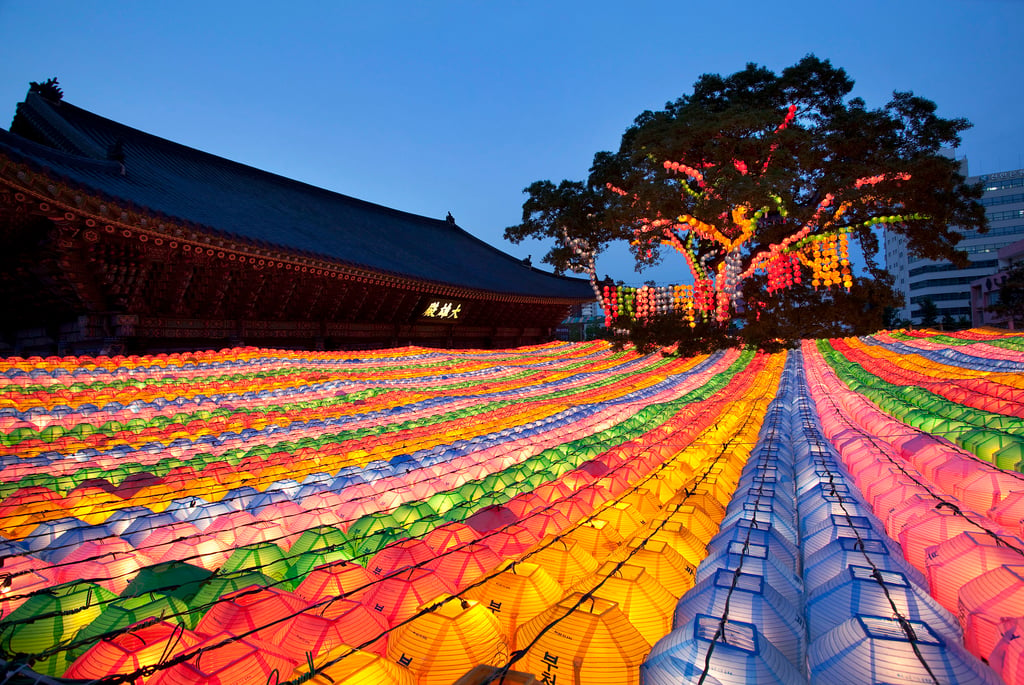One of South Korea’s most important Buddhist temples, Jogyesa is an oasis of peace and tranquillity in bustling Seoul
- The colourful Jogyesa temple in the Jongno-gu district of South Korea’s capital is one of the most significant Buddhist landmarks in the country
- Activities available to visitors include a ‘temple stay’ experience, drinking tea with a Buddhist monk, and a temple food lesson

Shopping and sightseeing can be exhausting. Fortunately for visitors to central Seoul, respite and tranquillity can be found at an important Buddhist temple in the Jongno-gu district of the South Korean capital, on the northern side of the Han River.
The Jogyesa temple stands among palaces from the Joseon era (1392-1897), Korea’s last dynastic kingdom, and traditional hanok houses.
Established in 1910, Jogyesa was the first Buddhist temple to be built within the fortress walls of Seoul – a milestone for Buddhism, which had been persecuted for five centuries by Confucian Joseon kings. Buddhist monks had not even been allowed to enter the fortress for nearly 300 years before 1895.
Attitudes towards Buddhism softened in the late 19th century as the Japanese influence on the country grew, and 1910 was the year Japan annexed Korea, becoming the colonial power.

The temple has had several names: it was called Kakhwangsa for its first 28 years, and then Taegosa until 1954.